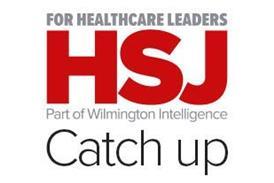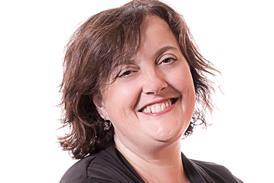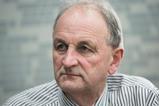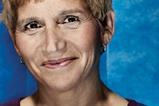Responding to the new norm of social distancing has led primary care to adopt digital triaging as its primary way of working in just three weeks. Explains Clare Gerada.
The NHS is now beginning to bed down how we respond to the current crisis. Keeping a distance from each other has become the new norm, as has, for many, working from home.
There have been other changes which have happened so rapidly, and in some ways so apparently effortlessly, that one wonders whether it was always thus and whether we will ever go back to our old ways of working once the world returns to normal.
Let me describe one of these seismic changes from the primary care lens.
Until coronavirus arrived, GPs and primary care nurses across England, saw and treated around 1.2 million patients per day. Most of this work has been done traditionally through a face to face contact. Despite government wishes, the move to remote and digital working has been slow. Not anymore.
The combination of the covid-19 crisis and dedicated funding has caused a revolution. At my own practices across London, around 99 per cent of all our work is now online.
A digital triage system linked to the patient’s electronic patient record, is now processing up to 3000 consultations per hour from 1700 participating practices, with numbers doubling every week and 150 new practices a week offering the service.
The system allows the patient to submit a clinical or administrative concern to their GP practice using algorithms developed by NHS GPs. The majority of these submisisons are closed remotely, without having to bring the patient into the building, which is invaluable in the current circumstances.
With almost 100 per cent of prescriptions sent electronically to any pharmacist of the patient’s choice, general practice has moved from a walk-in to a “dial-in” or “click first”, service in three weeks
For a small number of patients who might need to be seen face to face, this can be done safely and in a planned way. The footfall through our practices has now dropped considerably. Where the practice was once heaving with patients waiting to be seen, it’s now unusual to see anyone other than staff.
Text messaging with patients can be done directly from the patients’ record – using AccuRx or other platforms. We use the video calling functionality to “see” our patients if that is needed. For a small proportion we need to bring them in (doing internal examinations, feeling lumps or giving immunisations are impossible remotely), but real, rather than virtual patients are now the exception hence reducing the risk to staff and to others who might need to come in at the same time.
With almost 100 per cent of prescriptions sent electronically to any pharmacist of the patient’s choice, general practice has moved from a walk-in to a “dial-in” or “click first”, service in three weeks.
How this will impact on both patients and staff will unfold? Certainly, patients appreciate not waiting in their surgery for hours on end or having to join a telephone queue to obtain that rare appointment.
Where the practice was once heaving with patients waiting to be seen, it’s now unusual to see anyone other than staff
Doctors are finding their working day is becoming more predicable – even given the unpredictable and strange times we are working in. Surgeries do not feel so frenetic.
Necessity, the mother of invention combined with the desire to innovate which is hard wired into general practice is offering a glimmer of light in the current gloom. I hope we emerge from this crisis able to deliver better, more responsive general practice. Certainly, this seems to be the case if today’s new ways of working are anything to go by.






























9 Readers' comments